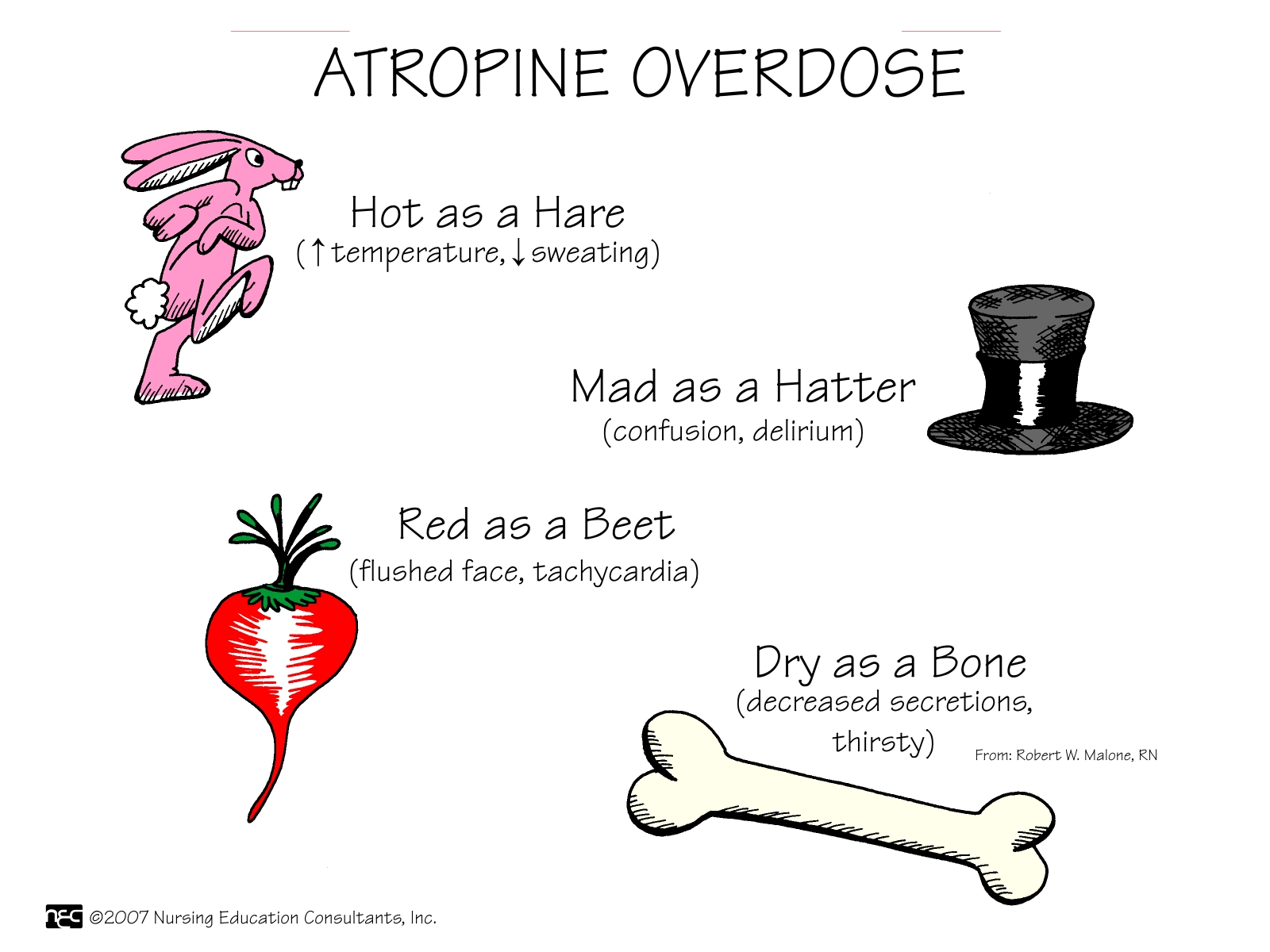
Subsequently, H 2O 2 may be converted to highly toxic hydroxyl radicals in the presence of heavy metals, such as iron, through the Fenton reaction. This redox cycle leads to the formation of superoxide, which is converted to H 2O 2 spontaneously or by superoxide dismutase. Oxidation of the aglycone portion of DOX results in the formation of a semiquinone radical, which can rapidly revert to the parent compound by using O 2 as an electron acceptor ( 7). According to this hypothesis, in the presence of iron, DOX leads to futile redox cycling, inducing substantial ROS production and cellular damage. It has been suggested that DOX induces an iron-mediated increase in ROS, referred to as the “ROS and iron hypothesis” ( 5, 6). The mechanism for DOX-induced cardiotoxicity is controversial, and several hypotheses have been proposed ( 4). Despite its highly beneficial effects against cancer, the clinical use of DOX has the serious drawback of cardiotoxicity ( 2– 4). The anticancer effects of DOX are believed to occur through the inhibition of topoisomerase enzyme and subsequent blockage of DNA resealing during cell replication ( 1). Introductionĭoxorubicin (DOX) is one of the most widely used antineoplastic drugs. These results suggest that the cardiotoxic effects of doxorubicin develop from mitochondrial iron accumulation and that reducing mitochondrial iron levels protects against doxorubicin-induced cardiomyopathy. Finally, hearts from patients with doxorubicin-induced cardiomyopathy had markedly higher mitochondrial iron levels than hearts from patients with other types of cardiomyopathies or normal cardiac function. Dexrazoxane, a drug that attenuates doxorubicin-induced cardiotoxicity, decreased mitochondrial iron levels and reversed doxorubicin-induced cardiac damage. Overexpression of ABCB8, a mitochondrial protein that facilitates iron export, in vitro and in the hearts of transgenic mice decreased mitochondrial iron and cellular ROS and protected against doxorubicin-induced cardiomyopathy. In isolated cardiomyocytes, doxorubicin became concentrated in the mitochondria and increased both mitochondrial iron and cellular ROS levels. Here, we found that cardiotoxicity develops through the preferential accumulation of iron inside the mitochondria following doxorubicin treatment. It has been hypothesized that doxorubicin-dependent cardiotoxicity occurs through ROS production and possibly cellular iron accumulation.



Doxorubicin is an effective anticancer drug with known cardiotoxic side effects.


 0 kommentar(er)
0 kommentar(er)
